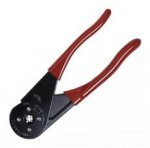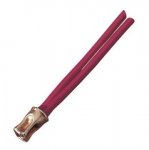jdixon
Member
- Location
- great falls, montana, usa
I have an electrician in my jurisdiction that is wiring a new house and using the old barrel crimp sleave w/tape covering. I remember an update class for 05 or 08 that stated that this type of connection was no longer compliant except for grounding conductors. He claims they are still legal and I cannot find the code # to stop him. Am I right or was it just wishful thinking I don't like this kind of splice as I have had to replace hundreds over the last 25 yrs. Any help will be appreciated.
Thank You
Thank You



